Article
B.
Bulletin
New Zealand's leading
gallery magazine
Latest Issue
B.21501 Mar 2024

Article

A Warehouse in a Tutu
APRIL 2011, AND THE GALLERY was occupied by CERA, Civil Defence, the City Council and a host of other city officials tasked with the immense job of tackling the destruction that had crippled our city. We’d been occupied since 22 February, and although our immediate future was uncertain, having been through this already in September 2010 (just before staging the hugely successful Ron Mueck exhibition) most staff remained positive that we’d be able to resume normal transmission sooner rather than later. So, despite awaiting internal post-quake repairs to my home, I decided to push on and take a few weeks to sand and paint my house—an old weatherboard bungalow in New Brighton that had taken decades of battering from the predominant north-easterly wind. It was hardly dilapidated, but a spruce-up was overdue. After four days on the end of an orbital sander, two days on a ladder painting the eaves and bargeboards, a week of double coating the weatherboards and another week of sills, foundations and trims I had run out of time. And I still had to get a couple of coats of enamel on the multi-pane windows—an immense amount of brushwork that was going to keep me busy for a few weekends to come. When I got back to work, however, nothing much had changed for the better in my absence. In fact, if anything, the picture was a little murkier regarding the Gallery’s reopening, and the tall apartment buildings next door were beginning to emerge as something of an elephant in the room we all now shared. Nobody really wanted to address them; they were spoken of only in hushed tones, as if silence would make the increasingly evident problem go away. We continued to make plans for new shows even as the mutterings grew in volume, and the ramifications of a potential demolition next door began to circulate. And then suddenly project managers and insurers were involved and our worst fears began to become reality. The whole collection would have to be moved.
Article
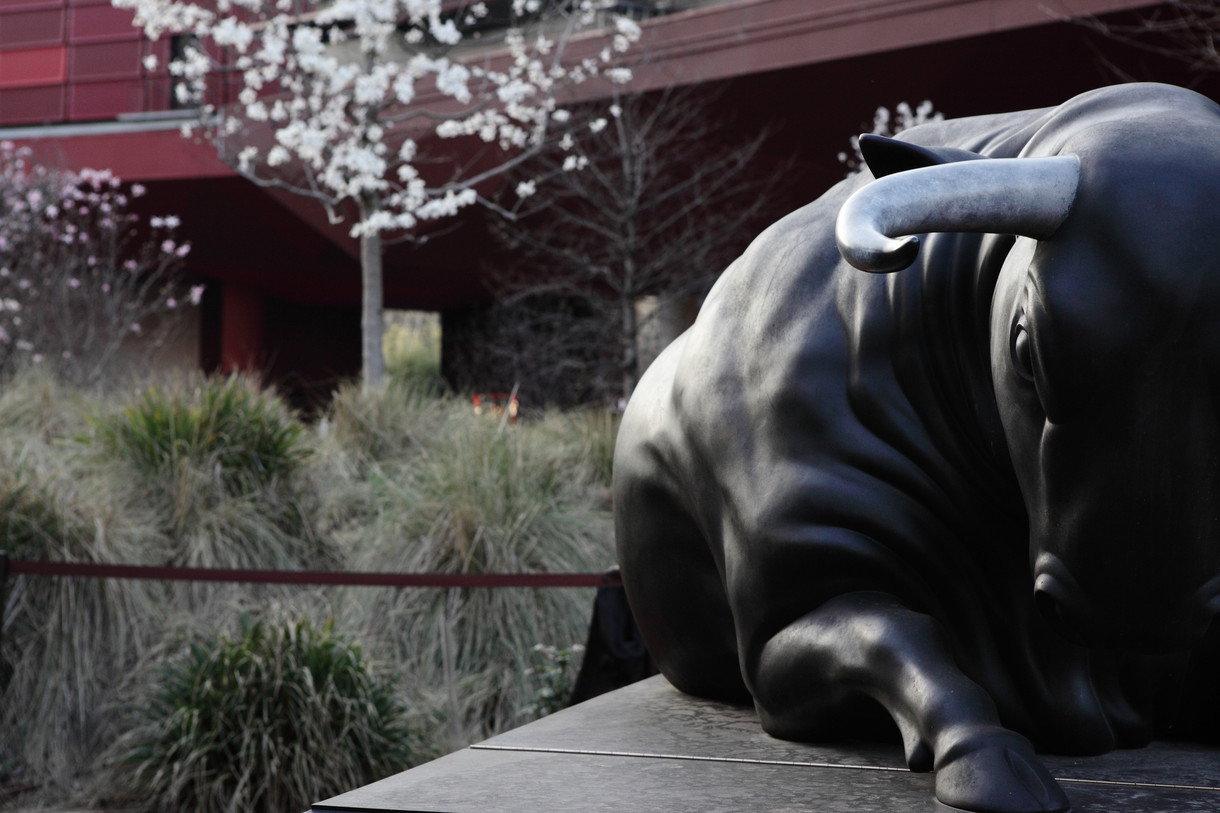
Direct to You From Henderson
On 11 February 2011, in a cliff-top house overlooking the Avon/Heathcote estuary in Christchurch, Michael Parekowhai offered an invitation. It was to the unveiling of his Venice biennale-bound installation, On first looking into Chapman’s Homer, to be held in Henderson, near Auckland, on 13 March. But just eleven days later, that house and the city of Christchurch were turned upside down, and the future many of those present had been looking forward to that evening was upset.
Article
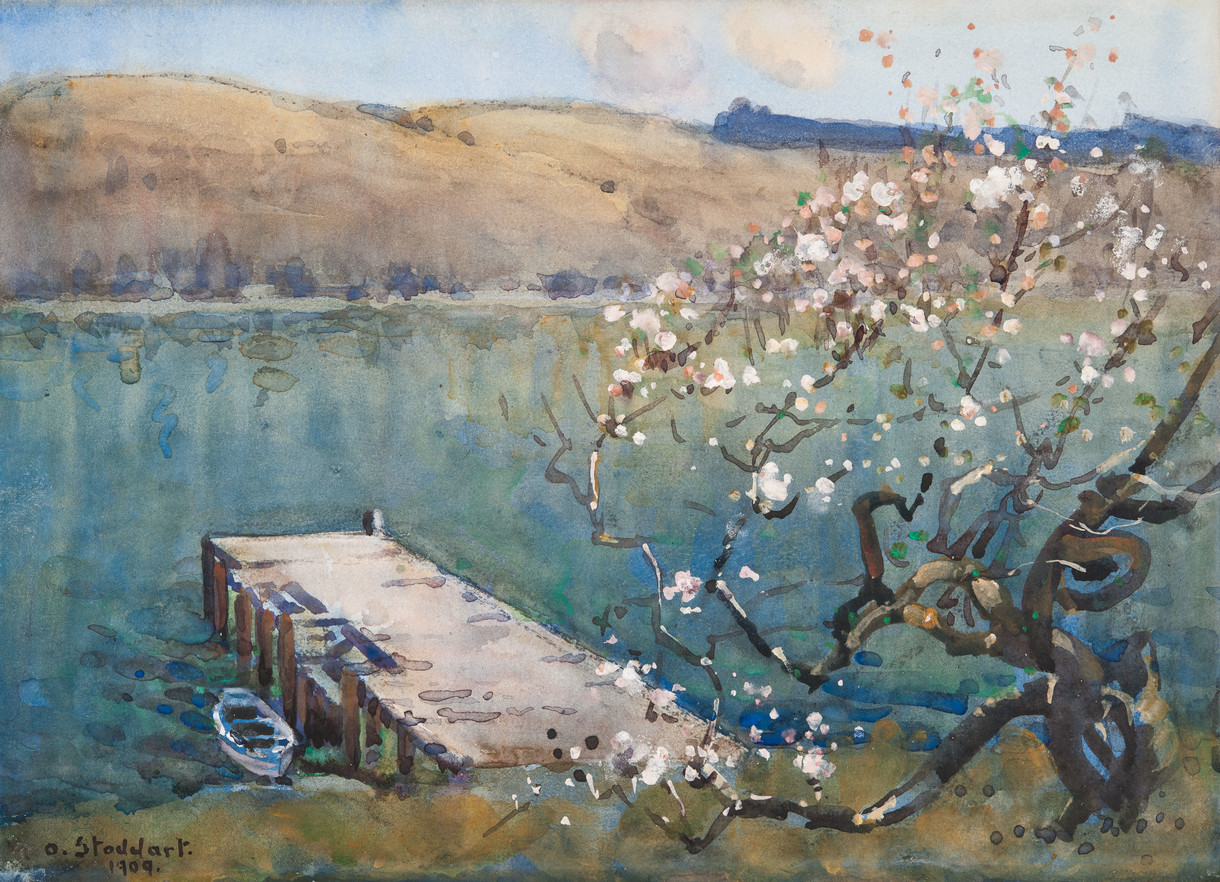
Day Tripper: Over the Hills and Across the Water
A day trip to Te Waipapa/Diamond Harbour provides a great opportunity to escape the rat-in-a-maze feeling that is modern Christchurch—a feeling generated by the myriad road closures and detours and the miles of hurricane fencing that currently litter the remnants of the city. To get out amongst the harbour waters and Banks Peninsula hills is a true pleasure, even with the recent loss of one of the Peninsula’s finest buildings, Godley House in Diamond Harbour.
Article
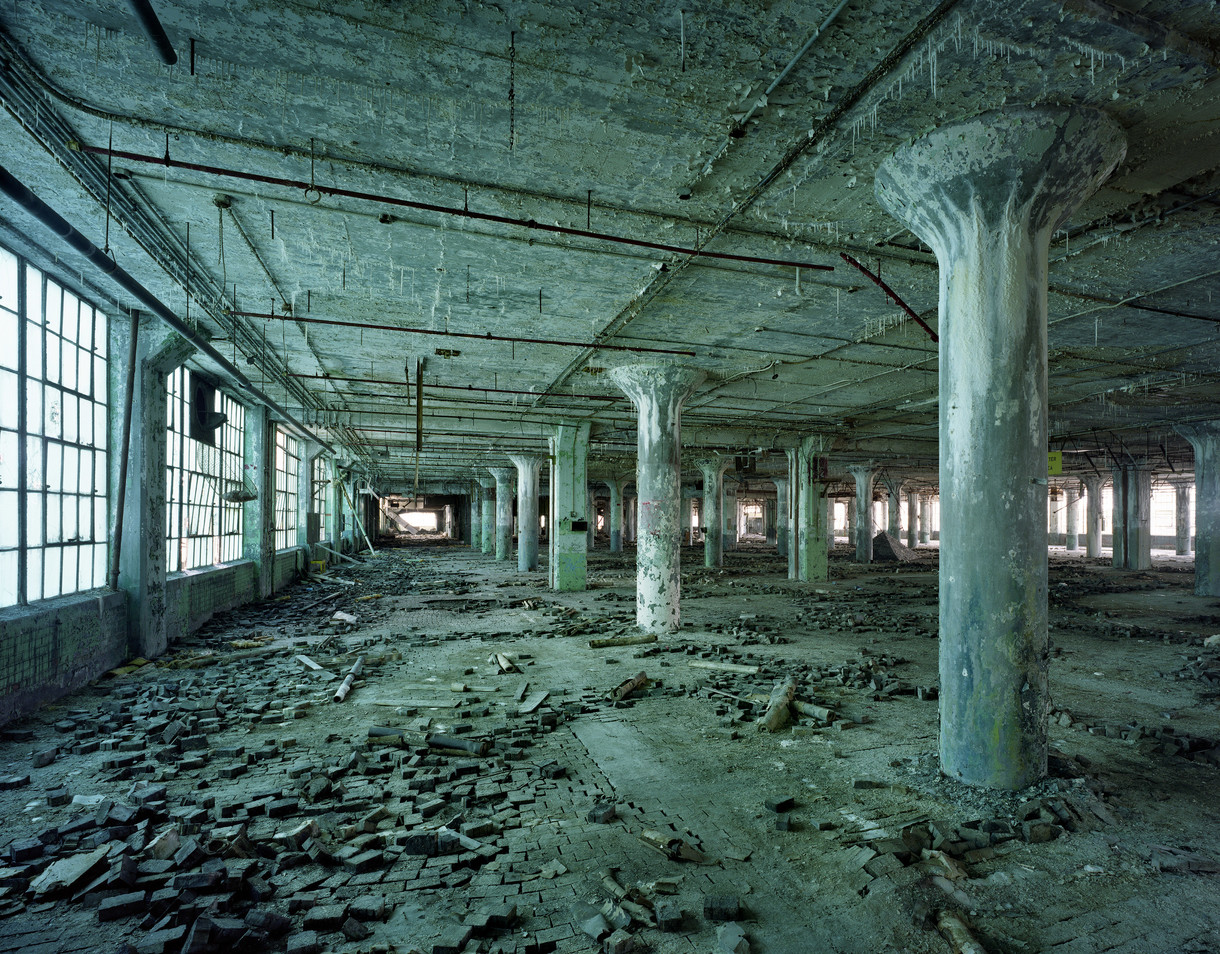
Cities of Remembrance
Nothing was more fascinating than ruins to me when I was growing up in one of the newest parts of the New World—new, anyway, to extensive buildings and their various forms of lingering collapse and remnant. The native people of California had mostly built ephemeral structures that were readily and regularly replaced and left few traces. Anything old, anything that promised to reach into the past, was magical for me; ruins doubly so for the usual aura of romance and loss that, like death, is most alluring to the young who have not seen much of it yet.
Article

De-Building
For many passers-by, Christchurch art Gallery is identified by its dramatic glass façade—the public face it presents to the world. but De-Building is an exhibition that offers a very different view. bringing together the work of fourteen artists from new Zealand and farther afield, this group exhibition draws inspiration from the working spaces gallery-goers seldom see: the workshops, loading bays and back corridors; the scruffy, half-defined zones.
Article

A Tale of Two Chiefs
If you have recently visited He Taonga Rangatira: Noble Treasures at the Gallery you will have been struck by Fiona Pardington's two large photographic portraits of lifelike busts of Ngāi tahu tipuna (ancestors).
Article
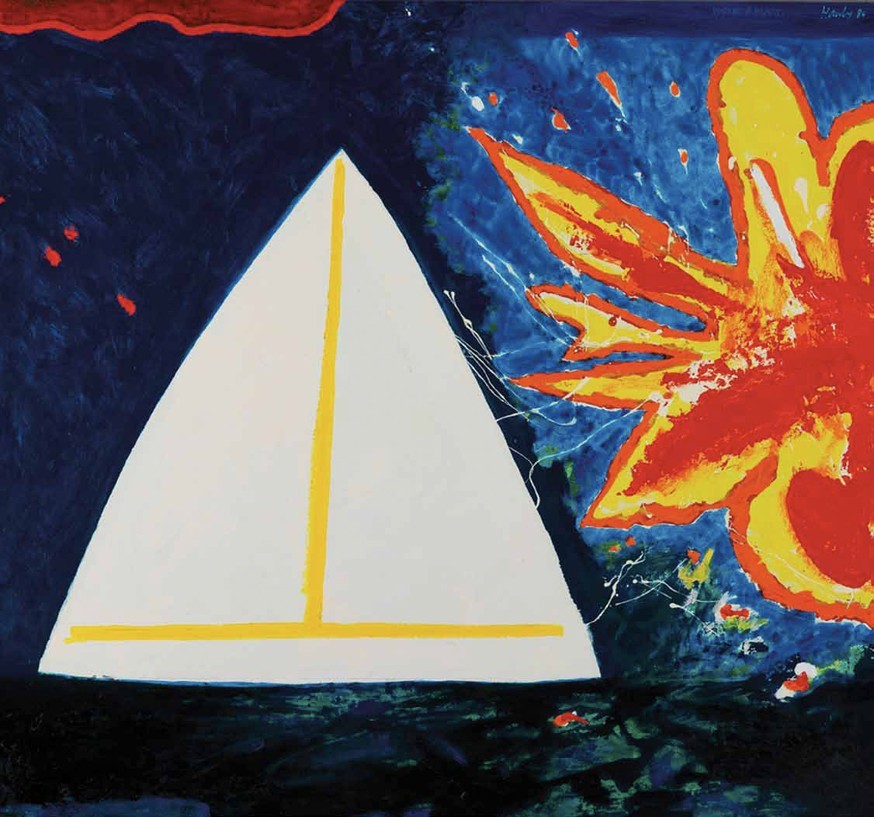
Storytelling with Hanly: A show for all ages
The exhibition BLAST! Pat Hanly: the painter and his protests provides a spectacular opportunity for young and old to view the work of one of New Zealand's most cherished artists together—and for precious stories to be shared with the growing generation.
Article
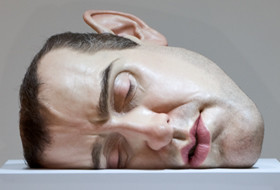
Confonting Portraiture
When it comes to creative encounters, there can be few that match the first sighting of a Ron Mueck sculpture. As with other landmark events, I suggest you are unlikely to forget exactly where you were when that formative experience took place.
Article
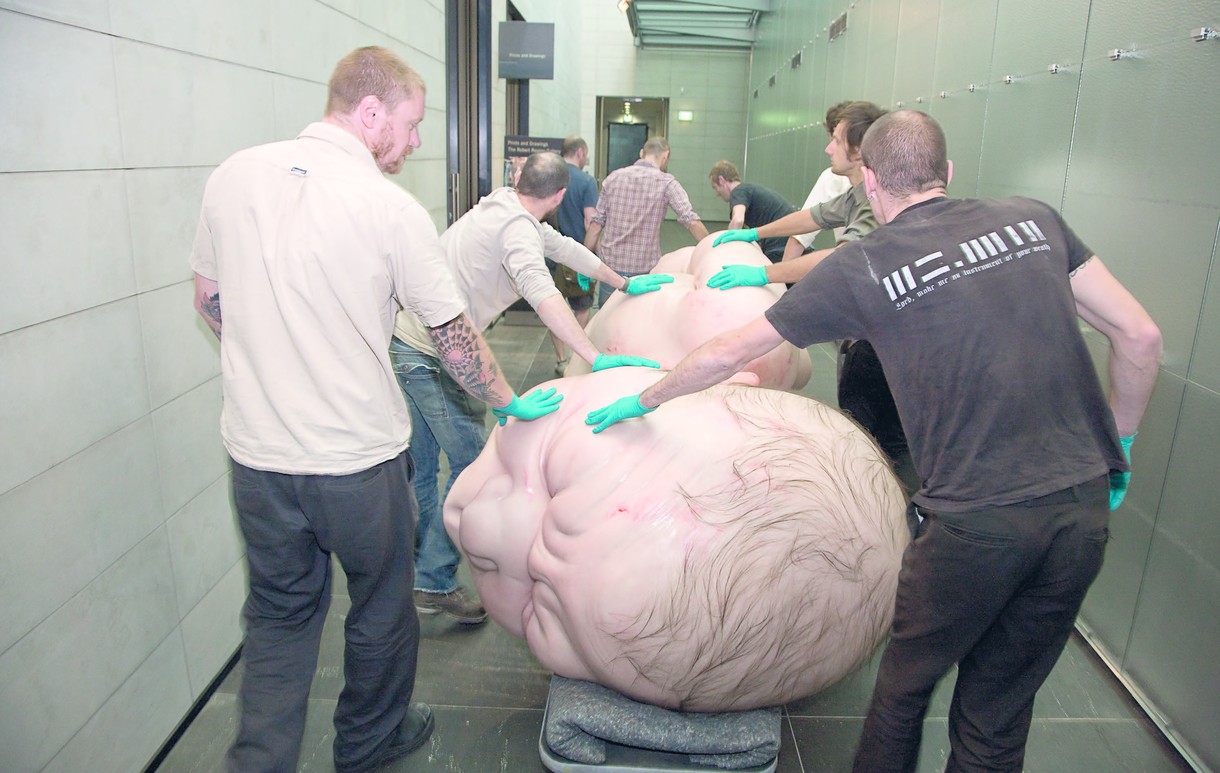
A Girl, In Transit
If you have ever travelled with a baby you will know that, in order to ensure a safe and pleasant trip, it's essential to plan and prepare in advance. But even then there are often hiccups to contend with on the way. It's really no different when travelling with the National Galleries of Scotland's baby, Ron Mueck's A girl – she just happens to be a little bigger...
Article

Some notes on movement in art
Hanging from the ceiling in my infant son's room is a mobile. At rest, he seems to scarcely notice its suspended figures, but a quick breath brings them to life and, drawn to their gentle twirling, his face brightens and body tenses with a laugh.




